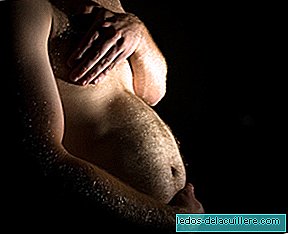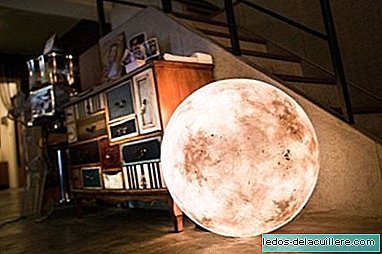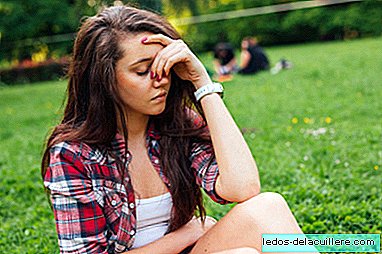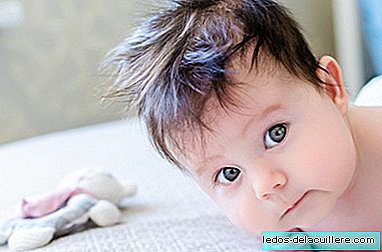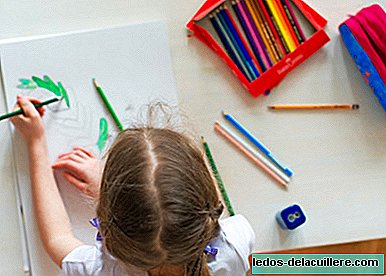
Oxyuriasis is a very common parasitosis in children, especially of school and preschool age, also in their mothers and in institutionalized populations, but nobody is exempt from suffering it. Oxyuriasis is commonly known as "having worms".
The distribution of this disease is worldwide, and the human being is the only host of this parasite, called "enterobius vermicularis or pinworm".
Immature worms are located in the small intestine. The adults, which are like a small piece of fine white thread 0.5 to 1 cm long, live in the large intestine, from where they usually migrate at night to the margins of the anus and its vicinity, and here the females deposit their eggs that contain the larvae.
Looking closely at the feces of a person with oxyuriasis it is possible to see these tiny worms. There are certain tests that also collect and show the eggs that worms have laid in the perianal region.
The cover of the eggs is sticky and causes irritation and itching, so the child usually complains about itching and scratching the anus area frequently.
The symptoms of oxyuriasis
Symptoms usually begin two to four weeks after infection. The most frequent are the itching or itching in the anal region, which is more intense during the night, causing problems such as restless sleep, irritability, frequent awakenings, nightmares and even sleepwalking.
It is usually accompanied by pruritus in the genital area causing irritation and inflammation secondary to scratching.
In girls, pinworms can reach the vagina or urethra, leading to itchy vaginal irritation, flow or less frequently, discomfort when urinating.
No causal relationship has been established with symptoms such as abdominal pain, lack of appetite, poor weight gain, tiredness, anemia, hyperactivity or grinding of teeth (bruxism).

The spread of worms
Contagion occurs through larval eggs, either by ingestion or inhalation. of them, since they are very light and float in the air. That is why the infestation of other family members is so frequent, and treatment is usually recommended to all of them.
When the child scratches, the eggs are left on the fingers and under the nails, so if you put your hand to your mouth, you can swallow them; the worms leave the eggs in the upper portion of the intestine and in about two weeks they reproduce and start the cycle again.
Because females die after laying eggs in the perianal skin, reinfestation by autoinoculation or acquired infestation of others is necessary to maintain oxyuriasis in a person, which is not uncommon.
Further, the eggs spread in the different environments of the home, especially in bedrooms and bathrooms, contaminate objects, food, water and swimming pools. And they remain viable inside the buildings, usually for two to three weeks.
Infested people should bathe in the morning, the bath removes a large proportion of the eggs. Frequently changing underwear and bedding can reduce pollution of the local environment and the risk of reinfestation.
Eggs pass from child to child through the hands or when sharing toys, clothes, sheets, WC. Although it is a widespread belief, there is no causal relationship between the making of sweets and the appearance of worms.
Treatment to eliminate worms
The treatment is simple and effective. There are several medications to treat this infestation, although none destroys the eggs, so it is necessary to repeat a second dose two weeks later of the first, to eliminate worms that have developed from eggs in that period.
It is usually convenient for all family members to take the treatment. If pinworms reappear, reinfestation is much more likely than a treatment failure. Repeated infestations should be treated in the same way as the first.
The child's clothing, especially pajamas, towels and bedding, should be washed with hot water the first day he takes the medication, avoiding shaking it so as not to spread the parasite's eggs through the air.
Due to the high degree of reinfestation, the control of oxyuriasis or worms in children It becomes difficult in kindergartens and schools. In institutions, simultaneous and massive treatment of all components can be effective and repeated at two weeks.




